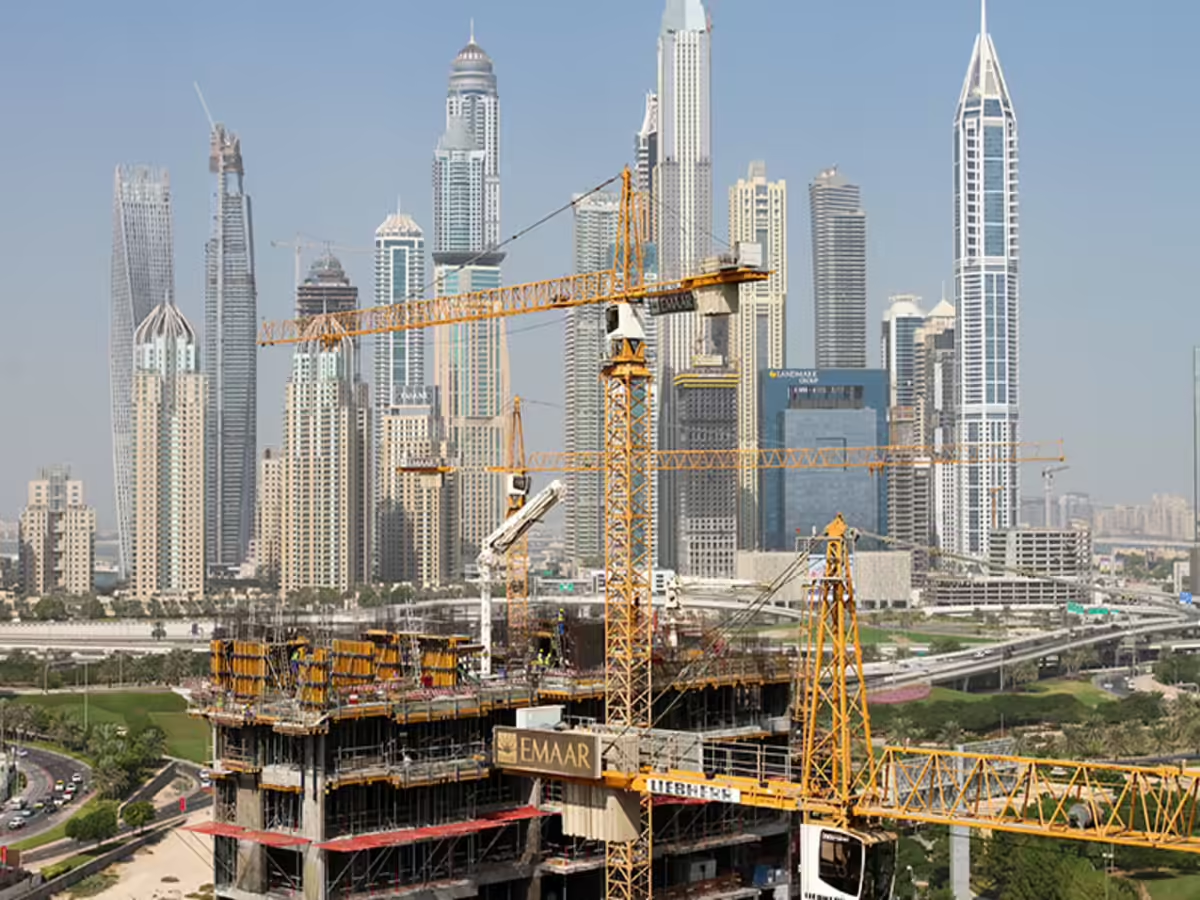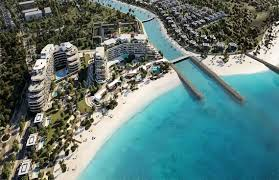Now Reading: Dubai’s Urban Expansion Creating Stunning New Residential Hotspots
-
01
Dubai’s Urban Expansion Creating Stunning New Residential Hotspots
Dubai’s Urban Expansion Creating Stunning New Residential Hotspots
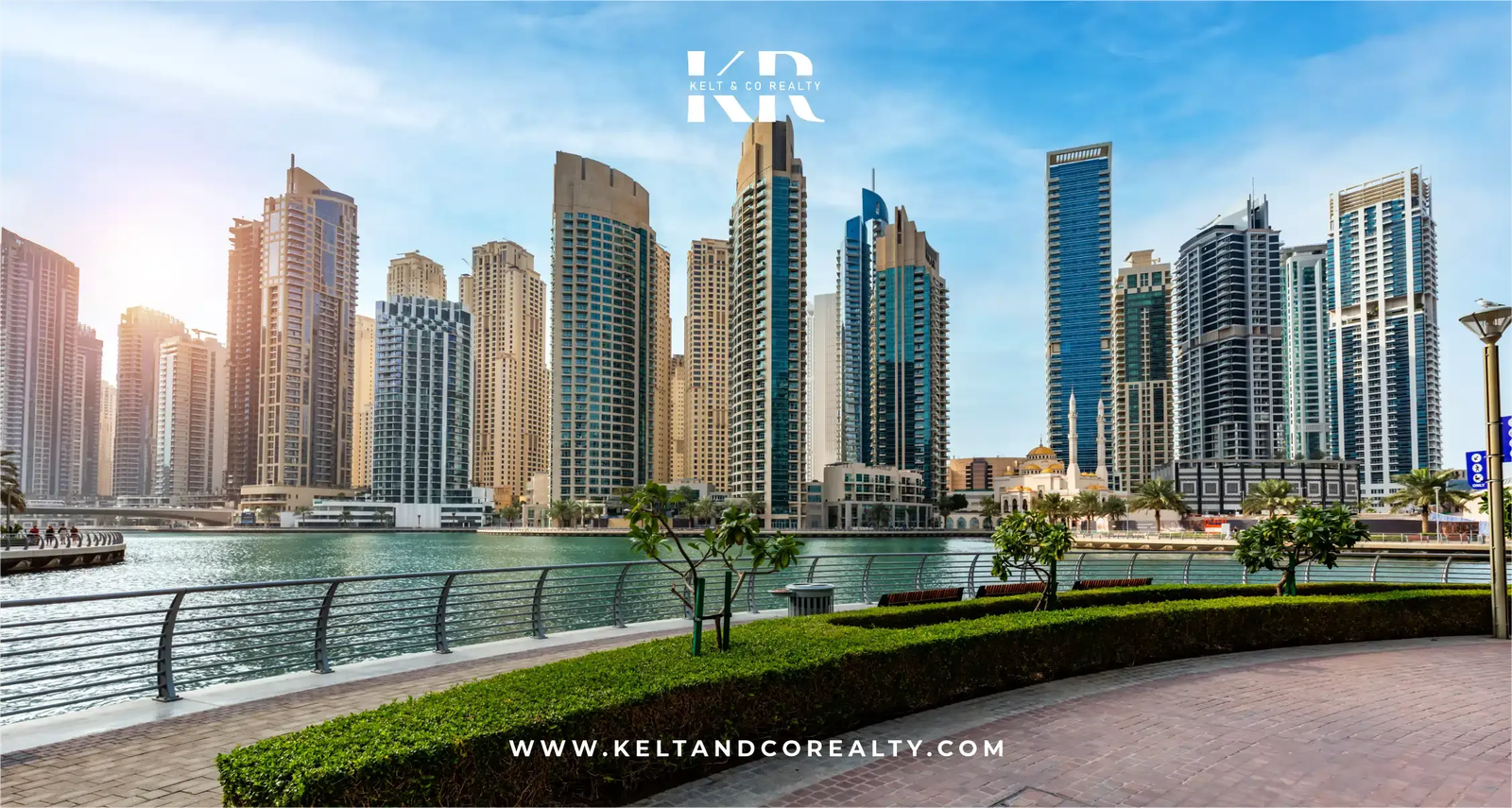
Table of Contents
Picture yourself waking in a sleek apartment, your smart home system opening blinds to reveal a vibrant cityscape, with lush parks and bustling boulevards just steps away. By evening, you’re enjoying a rooftop cinema or dining at a trendy community café, the Dubai skyline glowing in the distance. In 2025, Dubai’s urban expansion is creating stunning new residential hotspots Dubai South, Al Furjan, and Dubai Hills Estate that blend modern luxury, community connection, and seamless accessibility.
This growth fuels a real estate boom with 96,000 transactions worth $87 billion in the first half, 58% driven by buyers from the UK, India, Russia, and China. Offering 100% freehold ownership, a dirham pegged to the U.S. dollar, and no personal income tax, capital gains tax, or annual property taxes, these hotspots deliver 6-8% rental yields and 8-12% price appreciation, outpacing London (2-4%) and New York (2-3%).
Properties over $545,000 qualify for a 10-year Golden Visa, while smaller units grant 2-year residency. Fueled by 25 million tourists and a 4% population surge, these districts combine innovative design, vibrant amenities, and urban connectivity to create homes that are both aspirational and lucrative. Navigating fees, VAT, and 2025 regulations is key to securing your place in these radiant new communities.
Why Urban Expansion Creates Hotspots
Spanning Dubai’s evolving landscape, from Dubai South’s aviation hub to Al Furjan’s family-friendly charm, 15-30 minutes from Dubai International Airport via Sheikh Zayed Road, these hotspots boast vacancy rates of 2-3%, compared to 7-10% globally. You keep 100% of rental income $48,000-$180,000 annually on $800,000-$3 million properties versus $26,400-$108,000 elsewhere after taxes.
Zero capital gains tax saves $32,000-$180,000 on $160,000-$900,000 profits, and no property taxes save $8,000-$30,000 yearly, unlike London’s council tax (up to 2%) or New York’s property tax (1-2%). Residential purchases skip 5% VAT ($40,000-$150,000), and the Golden Visa adds residency allure. With green spaces, retail hubs, and proximity to landmarks like Expo City, these hotspots achieve 8-12% price growth, driven by urban expansion and global demand, making them the heartbeat of Dubai’s residential future.
Living here feels like embracing a vibrant, connected urban dream.
No Personal Income Tax: Rentals That Build Wealth
These hotspots impose no personal income tax, letting you keep every dirham, unlike the U.S. (up to 37%) or UK (up to 45%). An $800,000 Al Furjan apartment yields $48,000-$64,000, saving $17,760-$28,800; a $3 million Dubai Hills villa yields $135,000-$180,000, saving $60,750-$81,000. Short-term rentals, fueled by 25 million tourists visiting Dubai South’s aviation events or Dubai Hills’ golf courses, require a DTCM license ($408-$816), boosting yields by 10-15% ($4,800-$27,000).
Long-term leases, popular with families seeking community-focused living, need Ejari registration ($54-$136) for stability. Non-compliance risks fines up to $13,612, so licensing is essential. Smart home systems, like AI-driven lighting and community wellness apps, enhance rental appeal, aligning with the modern vision of these urban hotspots.
Tax-free rentals feel like a steady wave of prosperity.
Zero Capital Gains Tax: Profits That Soar
These properties offer zero capital gains tax, letting you keep 100% of sale profits. Selling an $800,000 Dubai South apartment for $960,000 (20% appreciation) yields a $160,000 tax-free profit, saving $32,000-$44,800 versus London (20-28%) or New York (20-37%). A $3 million Dubai Hills villa sold for $3.6 million delivers a $600,000 tax-free gain, saving $120,000-$168,000. With 8-12% price growth driven by urban expansion and global demand, these hotspots outperform global markets. A 4% DLD fee ($32,000-$120,000), often split, applies, but tax-free profits make these homes wealth-building engines of Dubai’s urban landscape.
Keeping every dirham feels like a radiant financial triumph.
No Annual Property Taxes: Ownership That Feels Light
Unlike global markets, these properties have no annual property taxes, saving $8,000-$30,000 yearly on $800,000-$3 million homes compared to London’s council tax ($16,000-$60,000) or New York’s property tax (1-2%). Maintenance fees ($8,000-$20,000) cover community parks, pools, and concierge services, aligning with global luxury standards. A 5% municipality fee on rentals ($2,400-$9,000) applies, reasonable for these prime locations. These low costs make ownership sustainable, supporting a lifestyle that feels effortless and vibrant, perfectly suited to these urban hotspots.
No property taxes feel like a warm breeze lifting your investment.
VAT Rules: A Savvy Investor’s Edge
Residential purchases skip 5% VAT, saving $40,000-$150,000 on $800,000-$3 million properties, unlike commercial properties or the UK’s stamp duty (up to 12%, or $96,000-$360,000). Off-plan purchases, common in Dubai South, incur 5% VAT on developer fees ($8,000-$60,000), recoverable via Federal Tax Authority (FTA) registration ($500-$1,000). Short-term rental operators must register for VAT if revenue exceeds $102,041, charging 5% but claiming credits on DTCM fees ($408-$816). An $800,000 apartment yielding $48,000-$64,000 incurs $2,400-$3,200 in VAT, with $800-$1,200 in credits; a $3 million villa yielding $135,000-$180,000 incurs $6,750-$9,000 in VAT, with $1,500-$2,000 in credits. Non-compliance risks fines up to $13,612, so meticulous records are crucial for thriving in these urban hotspots.
VAT exemptions feel like a clever boost to your savings.
DLD Fees and Title Deeds: Securing Your Urban Haven
The 4% DLD fee, typically split, applies: $32,000 for an $800,000 apartment or $120,000 for a $3 million villa. Gift transfers to family or shareholders reduce DLD to 0.125%, saving $31,000-$116,250. For instance, gifting a $3 million villa slashes DLD from $120,000 to $3,750. Title deed issuance costs $136-$272, requiring DLD registration. Broker fees, typically 2% ($16,000-$60,000), may be waived for off-plan projects like Al Furjan’s new developments. Mortgage registration (0.25% of the loan, or $2,000-$7,500) and valuation fees ($680-$1,360) apply for financed deals. The 2025 Oqood system ensures escrow compliance for off-plan purchases, protecting your investment in these vibrant districts.
Title deeds feel like the key to your urban sanctuary.
Corporate Tax: A Business Buyer’s Note
Introduced in 2023, the 9% corporate tax applies to businesses with profits over $102,110. A company leasing an $800,000 apartment yielding $48,000-$64,000 faces a 9% tax ($4,320-$5,760), reducing net income to $43,680-$58,240. A $3 million villa yielding $135,000-$180,000 incurs $12,150-$16,200 in tax. Qualified Free Zone Person (QFZP) status in areas like Dubai Multi Commodities Centre (DMCC) avoids this, saving $4,320-$16,200, with setup costs of $2,000-$5,000. Small business relief waives corporate tax for revenues under $816,000 until December 31, 2026. Individual ownership skips this tax, ideal for most buyers embracing these urban hotspots.
Corporate tax feels like a gentle ripple you can navigate.
New Tax Rules for 2025
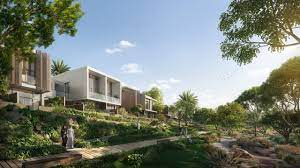
The Domestic Minimum Top-up Tax (DMTT), effective January 1, 2025, imposes a 15% tax on multinationals with revenues over €750 million ($793 million). Individual investors and smaller entities are unaffected, and QFZP status avoids DMTT, saving $4,320-$27,000. Cabinet Decision No. 34 refines Qualifying Investment Fund (QIF) rules, exempting corporate tax if real estate income is below 10%. A QIF earning $1 million, with $100,000 from rentals, faces 9% tax ($8,100) on 90% ($900,000). A July 2025 policy allows corporate tax deductions on fair market value depreciation, saving $1,455-$5,400 annually for an $800,000 property revalued at $960,000. These rules enhance the appeal of Dubai’s new residential hotspots.
New tax rules feel like a puzzle with prosperous solutions.
Top Residential Hotspots for Urban Living
1. Dubai South: Aviation-Linked Modernity
Dubai South ($800,000-$1.5 million) offers 6-8% yields and 8-12% price growth, featuring apartments near Al Maktoum Airport with smart technology. An $800,000 apartment yields $48,000-$64,000 tax-free, saving $17,760-$28,800. Selling for $960,000 yields a $160,000 tax-free profit, saving $32,000-$44,800. No property taxes save $8,000-$15,000, and VAT exemption saves $40,000-$75,000. Maintenance fees are $8,000-$12,000, with a 5% municipality fee ($2,400-$3,200). QFZP saves $4,320-$5,760. U.S. investors deduct depreciation ($14,545-$27,273), saving up to $9,545. Its proximity to Expo City draws professionals.
Dubai South feels like a dynamic urban frontier.
2. Al Furjan: Family-Friendly Vibrancy
Al Furjan ($1 million-$2 million) offers 6-8% yields and 8-12% price growth, featuring villas with community parks and retail hubs. A $1 million villa yields $60,000-$80,000 tax-free, saving $22,200-$36,000. Selling for $1.2 million yields a $200,000 tax-free profit, saving $40,000-$56,000. No property taxes save $10,000-$20,000, and VAT exemption saves $50,000-$100,000. Maintenance fees are $10,000-$15,000, with a 5% municipality fee ($3,000-$4,000). QFZP saves $5,400-$7,200. U.S. investors deduct depreciation ($18,182-$36,364), saving up to $12,727. Its family-friendly amenities attract young families.
Al Furjan feels like a warm community haven.
3. Dubai Hills Estate: Green Urban Oasis
Dubai Hills Estate ($1.5 million-$3 million) offers 6-8% yields and 8-12% price growth, featuring villas with golf course and park views. A $1.5 million villa yields $90,000-$120,000 tax-free, saving $33,300-$54,000. Selling for $1.8 million yields a $300,000 tax-free profit, saving $60,000-$84,000. No property taxes save $15,000-$30,000, and VAT exemption saves $75,000-$150,000. Maintenance fees are $12,000-$20,000, with a 5% municipality fee ($4,500-$6,000). QFZP saves $8,100-$10,800. U.S. investors deduct depreciation ($27,273-$54,545), saving up to $19,091. Its green spaces elevate its urban appeal.
Dubai Hills feels like a serene city oasis.
Why These Hotspots Shine
Price Range: Dubai South ($800,000-$1.5 million) suits mid-range buyers; Al Furjan ($1 million-$2 million) and Dubai Hills ($1.5 million-$3 million) target high-end investors.
Rental Yields: 6-8%, with Dubai South at 6-8% for short-term rentals; others at 6-7% for stable leases.
Price Appreciation: 8-12%, driven by urban expansion and global demand.
Lifestyle: Parks, retail hubs, and smart tech create vibrant living.
Amenities: Community centers, pools, and green spaces enhance allure.
ROI Verdict: 8-12% ROI, blending lifestyle with strong returns.
Living here feels like embracing a radiant, urban future.
Strategies to Maximize Returns
For individuals: Hold properties personally to avoid corporate taxes, saving $4,320-$16,200. Negotiate DLD fee splits, saving $16,000-$60,000. Use gift transfers to reduce DLD to 0.125%, saving $31,000-$116,250. Recover 5% VAT on developer fees via FTA registration ($500-$1,000). Leverage double taxation treaties with 130+ countries, saving $17,760-$81,000. U.S. investors deduct depreciation ($14,545-$54,545), saving up to $19,091. For corporates: Secure QFZP status, keep QIF income below 10%, and claim depreciation deductions. Hire property managers ($8,000-$20,000 annually) and tax professionals ($1,000-$3,000) to avoid fines up to $136,125. Focus on short-term rentals in Dubai South, long-term in Dubai Hills.
These strategies feel like a roadmap to your vibrant wealth.
Risks to Watch in 2025
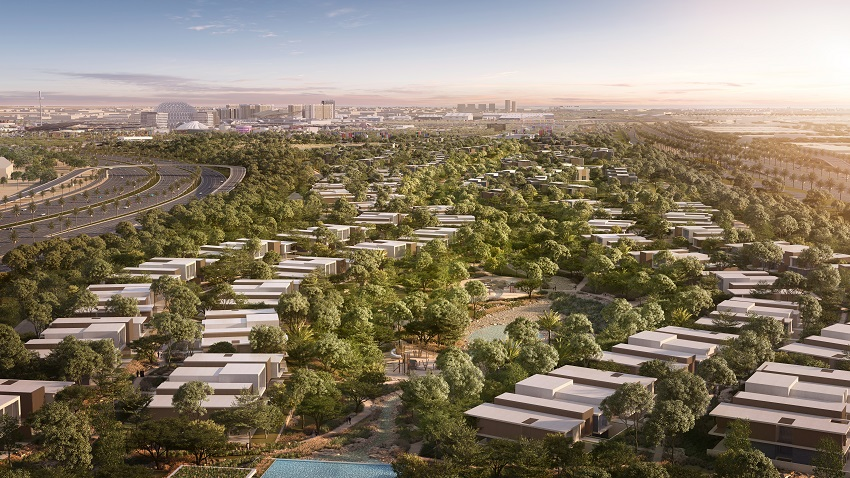
A projected oversupply of 182,000 units by 2026 may slightly slow price growth in newer areas like Dubai South, but Al Furjan and Dubai Hills remain resilient due to their established appeal. Off-plan delays risk setbacks, so choose trusted developers like Emaar and verify escrow compliance via the 2025 Oqood system. Non-compliance with VAT or DTCM rules risks fines up to $13,612, and corporate tax errors can cost $136,125. Indian investors must report properties in India’s Foreign Asset schedule to avoid $135,000 penalties. Currency fluctuations, like a 5% dirham shift, could impact returns.
Why These Hotspots Are Worth It
From Dubai South’s modern dynamism to Dubai Hills’ green serenity, these residential hotspots offer 8-12% ROI, 8-12% growth, and tax-free savings of $8,000-$168,000 annually. With Golden Visa perks, 80-85% rental occupancy, and a lifestyle blending urban connectivity with community charm, they’re shaping Dubai’s future in 2025. Navigate fees, secure your vibrant haven, and invest in Dubai’s radiant urban expansion.
read more: New Marina Projects Offering State-of-the-Art Facilities for Residents



